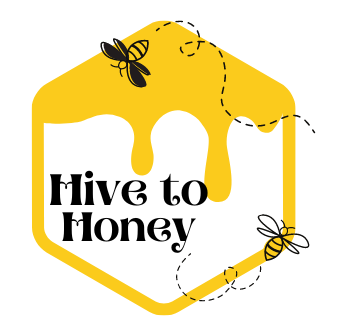Bee Life Cycle
Bee Life Cycle: Exploring the Fascinating Stages of a Honey Bee's Life
The life cycle of a honey bee is a captivating journey that showcases the intricate stages of development and the remarkable transformations that take place within a colony. From egg to adult, honey bees undergo a series of distinct phases, each serving a vital purpose in the functioning of the hive. In this article, we will delve into the various stages of a honey bee’s life cycle, shedding light on their incredible journey of growth and contribution to the colony.
Bee Life Cycle:
The life cycle of a honey bee begins with an egg. A queen bee lays eggs individually within the hexagonal cells of the honeycomb. These tiny, cylindrical eggs are about the size of a grain of rice. The eggs are unremarkable in appearance but contain the genetic blueprint for the future bee.
After a few days, the egg hatches into a larva. The larva resembles a small, legless grub and is fed a special diet called “royal jelly” provided by the worker bees. This highly nutritious substance enables the larva to grow rapidly during this stage.
Once the larva reaches a certain size, it undergoes a transformative process and enters the pupa stage. The larva spins a silk-like cocoon around itself, effectively becoming a pupa. Inside the cocoon, major physiological changes occur as the body undergoes metamorphosis. During this stage, the bee’s organs, wings, legs, and other structures develop and take shape.
After a period of development, the fully formed adult bee emerges from the cocoon. Initially, the adult bee is soft and vulnerable, but it gradually hardens and gains strength. At this stage, the bee takes on its distinctive appearance, including six legs, a pair of compound eyes, two pairs of wings, and specialized mouthparts.
Within the bee colony, the life cycle also encompasses the division of labor and specialized roles among the bees:
- Queen Bee: A few days after emerging, a female bee can become a queen bee if it is fed a special diet of royal jelly throughout its development. The queen’s primary role is reproduction, laying eggs and maintaining the colony’s population.
- Worker Bees: The majority of bees in the colony are female worker bees. They perform various tasks, such as tending to the queen, nursing the brood, foraging for nectar and pollen, building and maintaining the honeycomb, and defending the hive.
- Drone Bees: Male bees known as drones have a distinct role in the colony. Their primary function is to mate with a queen from another colony. Drones do not have stingers and do not participate in other tasks like foraging or defense.
The lifespan of each bee varies depending on its role within the colony:
- Queen Bee: A queen bee can live for several years, although her egg-laying activity tends to decline over time.
- Worker Bees: The lifespan of a worker bee varies depending on the time of year and the nature of their tasks. During the busy summer months, worker bees typically live for about six weeks due to the demanding nature of foraging and hive maintenance. However, worker bees born in the autumn may live longer, potentially surviving throughout the winter months.
- Drone Bees: Drones have the shortest lifespan among the three castes. Their existence is centered around mating, and once they have fulfilled their purpose, they are typically expelled from the hive.
The life cycle of a honey bee is a captivating process that showcases the intricacies of growth, transformation, and specialized roles within the colony. From the humble egg to the emergence of a fully developed adult bee, each stage plays a vital role in the functioning and sustainability of the hive. Understanding the different stages of a honey bee’s life provides insight into the complex social structure and remarkable adaptations that allow these industrious insects to thrive and contribute to the pollination of plants and the production of honey.
More From The Hive:
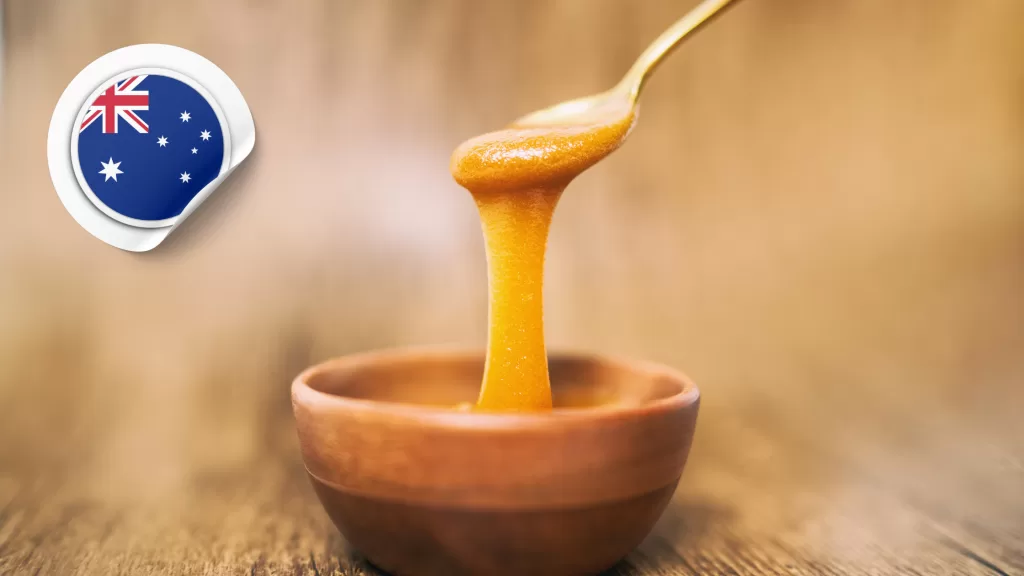
A Comprehensive Guide to Australian Honey: Types, Production, and Benefits
Australia is home to some of the world’s finest honey, known for its unique flavors, exceptional quality, and health benefits. Thanks to its diverse flora and pristine natural environment, Australia produces honey that reflects the rich biodiversity of its landscapes. Whether it’s the famous Manuka honey from the Leptospermum trees
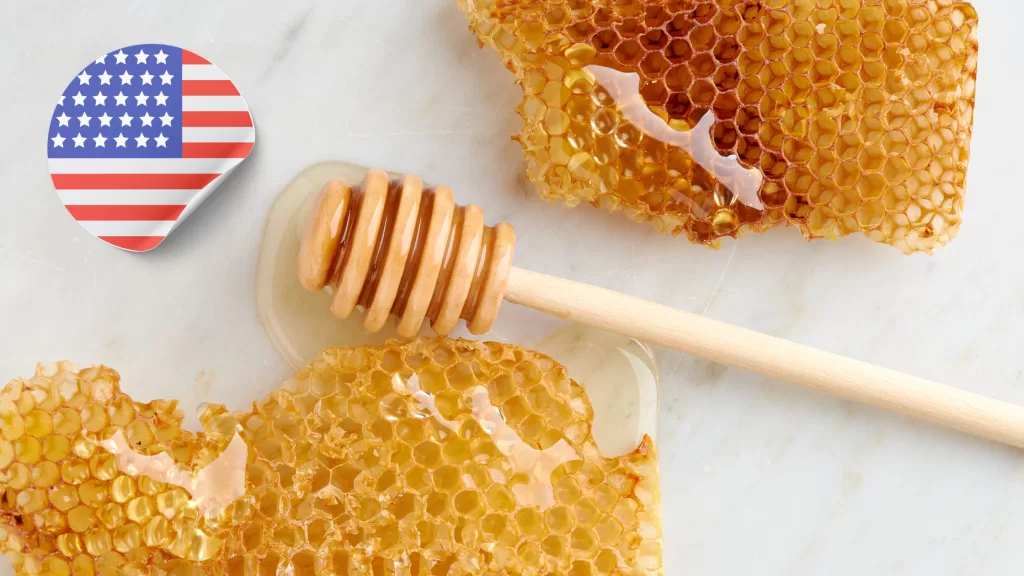
An In-Depth Guide to Honey in the United States of America (USA): Types, Production, and Benefits
Honey, one of nature’s sweetest treasures, has been an integral part of human diets and cultures for thousands of years. In the United States of America (USA), honey production is not only a thriving industry but also a testament to the country’s diverse ecosystems. From the tropical blossoms of Florida
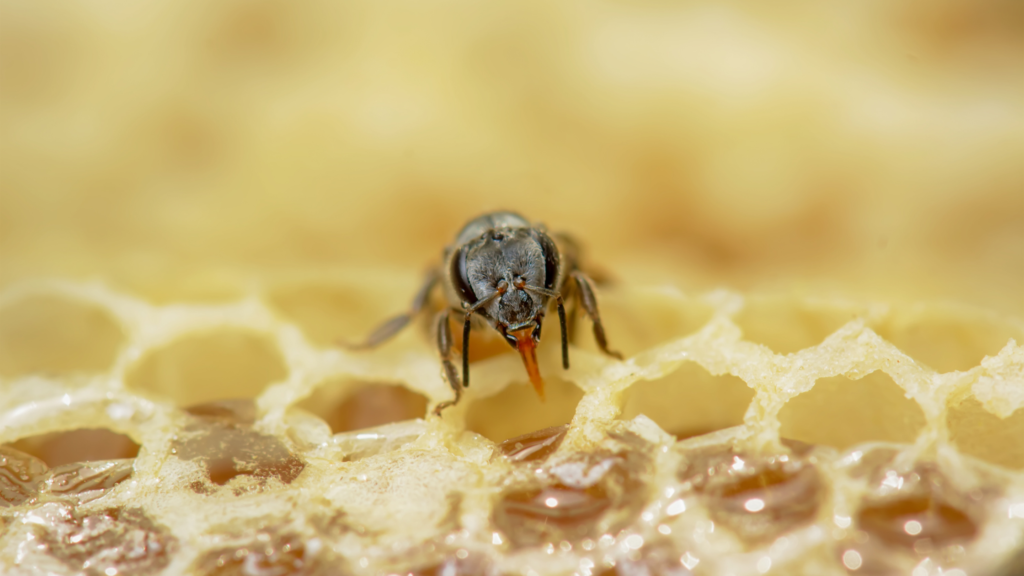
The Small Honey Bee (Apis florea): A Comprehensive Guide to One of Nature’s Tiny Pollinators
The Small Honey Bee, scientifically known as Apis florea, is one of the lesser-known species of honey bees, yet it plays a vital role in the ecosystems of Asia and parts of the Middle East. Despite its size, the Apis florea bee is a remarkable pollinator, and its unique biology
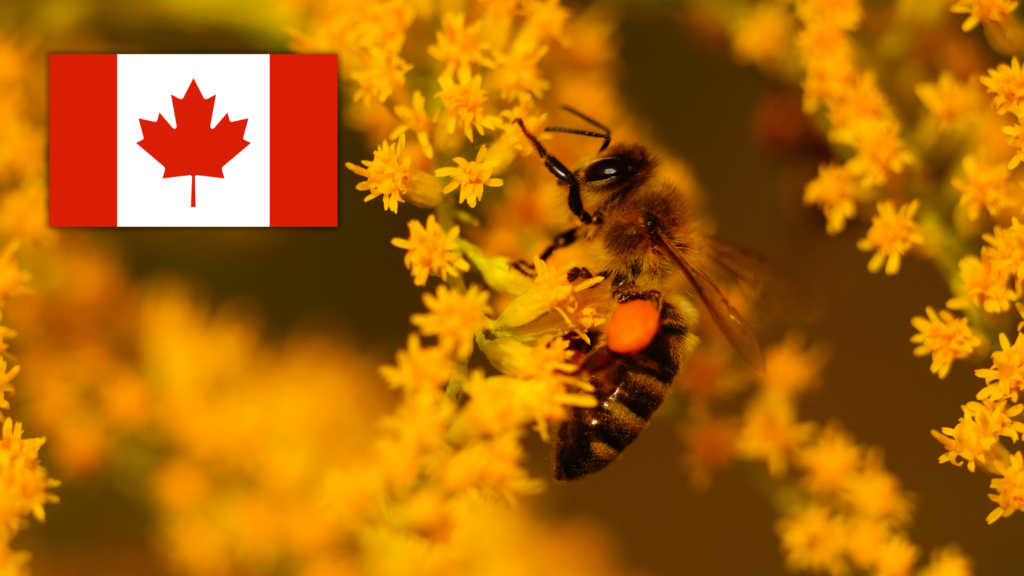
Exploring the Sweet Diversity of Canadian Honey: A Guide to Types and Flavors
Canada is home to a rich tapestry of landscapes and climates, each contributing to the unique flavors and types of honey produced across the country. From the prairies of Alberta to the forests of British Columbia, Canadian honey reflects the diverse flora that bees visit. In this blog, we will
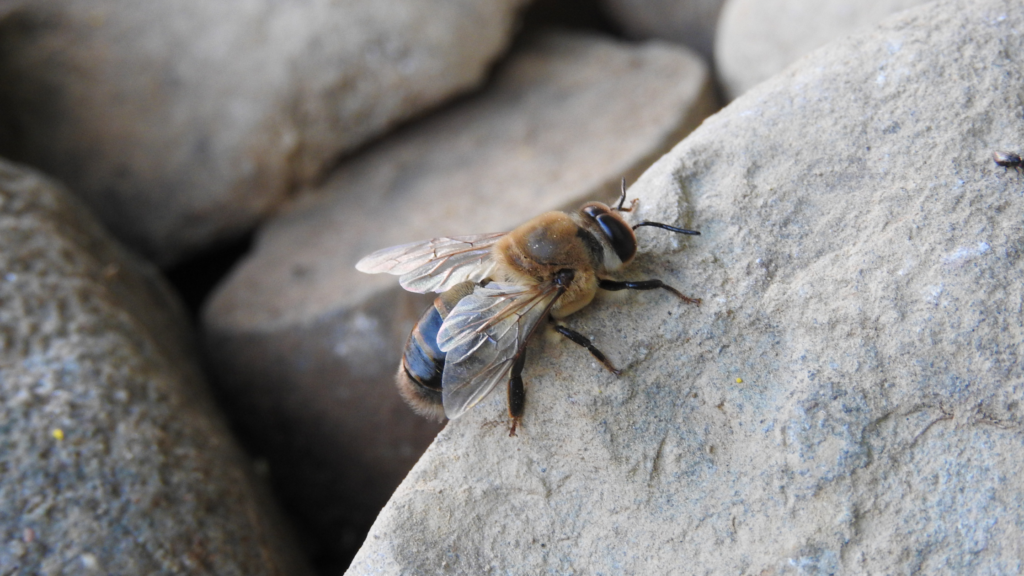
The Rock Honey Bee (Apis laboriosa): Guardians of the Himalayan Honey
The Rock Honey Bee (Apis laboriosa) is an awe-inspiring species that thrives in the rugged landscapes of the Himalayas, where it builds massive nests on vertical cliffs. Known for producing highly prized wild honey and for its ability to endure extreme mountain conditions, this bee species has captivated researchers, beekeepers,
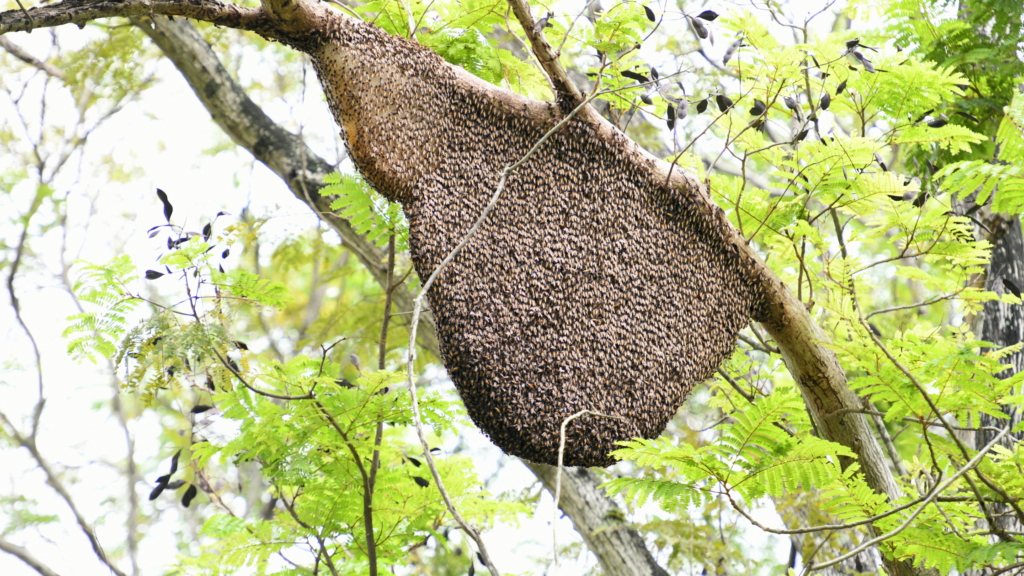
The Giant Honey Bee (Apis dorsata): Nature’s Fearless Honey Maker
The Giant Honey Bee, scientifically known as Apis dorsata, is a remarkable species native to South and Southeast Asia. Known for its impressive size, bold temperament, and incredible honey-producing capabilities, this bee plays a crucial role in the ecosystem and supports human livelihoods. Despite its importance, the Giant Honey Bee
